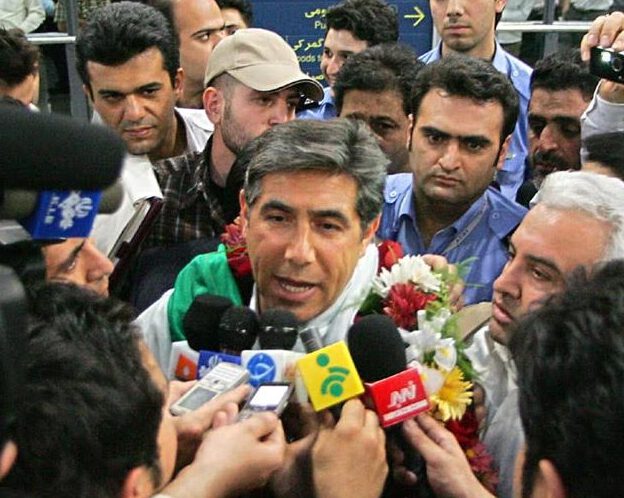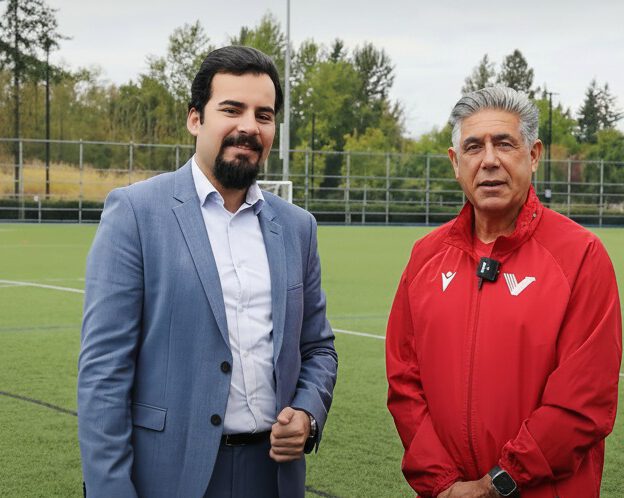April 12, 2021
Global Journey of Ghotbi
In the world of international football, few managers can claim a journey as diverse and compelling as Afshin Ghotbi. An architect of teams built on unity, passion, and tactical innovation, Ghotbi has left an indelible mark on clubs and national teams across Asia and North America. His career is a …



